May 22, 2025 | 08:14 GMT +7
May 22, 2025 | 08:14 GMT +7
Hotline: 0913.378.918
May 22, 2025 | 08:14 GMT +7
Hotline: 0913.378.918
The journey to reduce emissions from rice fields does not conclude with the enhancement of the environment or the increase in productivity for farmers. No. The adoption of sustainable rice farming models today is facilitating the entry into the carbon economy, where the value of each hectare of clean rice can be quantified in emission credits, an "invisible asset" that is gaining traction in the green economy.
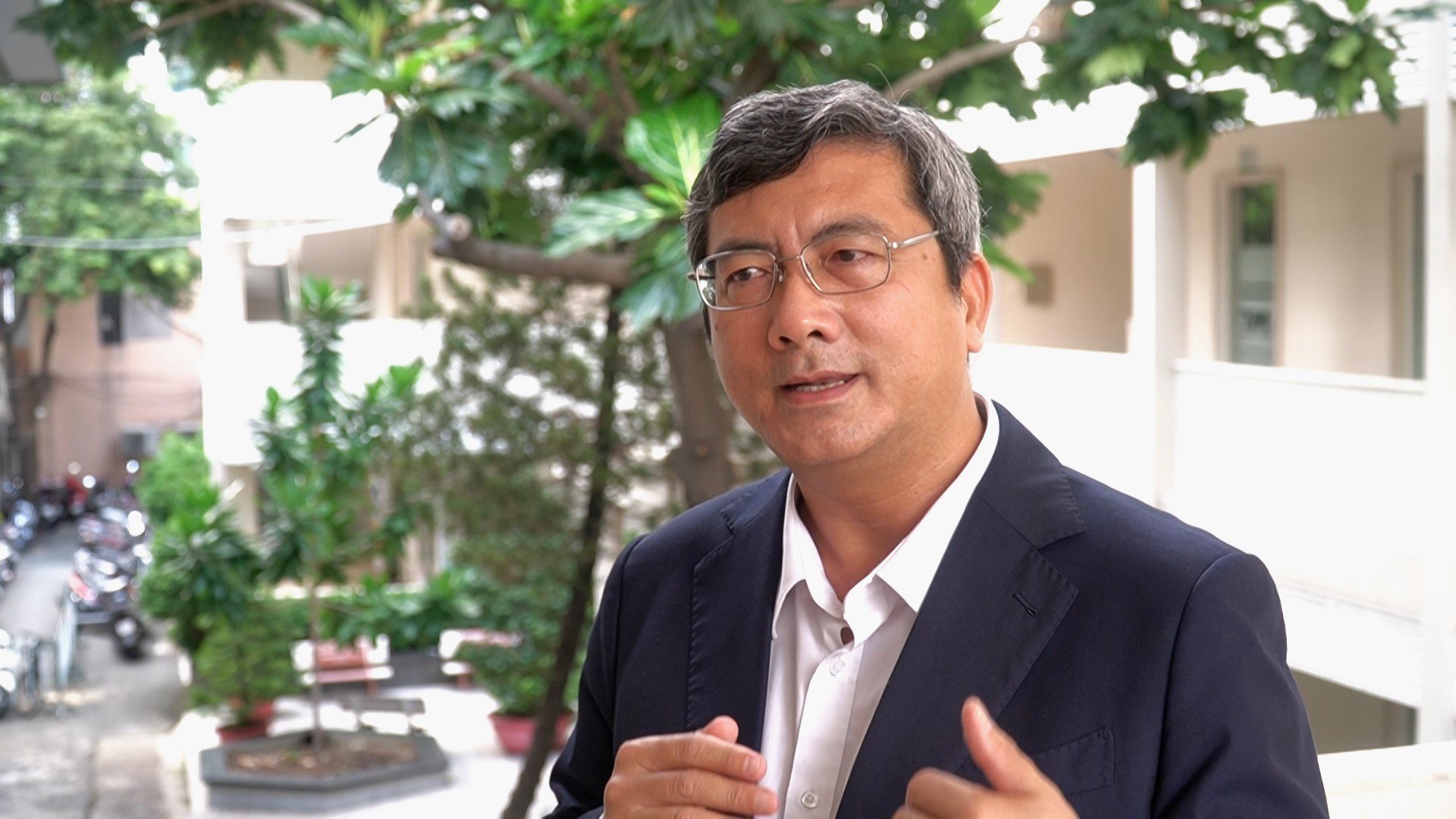
According to Dr. Tran Minh Hai, the 1 million hectare high-quality rice project, reducing emissions is Vietnam's declaration to the world about its commitment to green development. Photo: Tran Phi.
Dr. Tran Minh Hai, Vice Principal of the School of Public Policy and Rural Development, has stated that Vietnam has made numerous efforts to establish a sustainable agriculture sector. However, these efforts were previously fragmented and lacked cohesion. "The initiative to cultivate high-quality and low-emission one million hectares of rice is a significant change, not only in terms of technique but also in terms of Vietnam's declaration to the world that it is prepared to participate in the green development arena," he affirmed.
The foundation for this transformation has been established for some time, including the use of high-quality seeds, comprehensive mechanization, reduced seeding rates, water conservation, and the collection of rice chaff for bio-fertilizer and biofuel production. These incremental yet consistent modifications are contributing to the transformation of Vietnam's rice sector, with respect to both productivity and environmental impact.
On the other hand, technology is unable to function independently of human intervention. "In the present day, farmers are required to possess a comprehensive understanding of the soil, water, microbiology, and market in addition to the ability to cultivate rice." Dr. Hai stated that they must become sharp farmers within a smart community. Reducing pesticides, replacing chemical fertilizers with bio-fertilizers, and participating in farmer groups or cooperatives are progressively becoming the new standard.
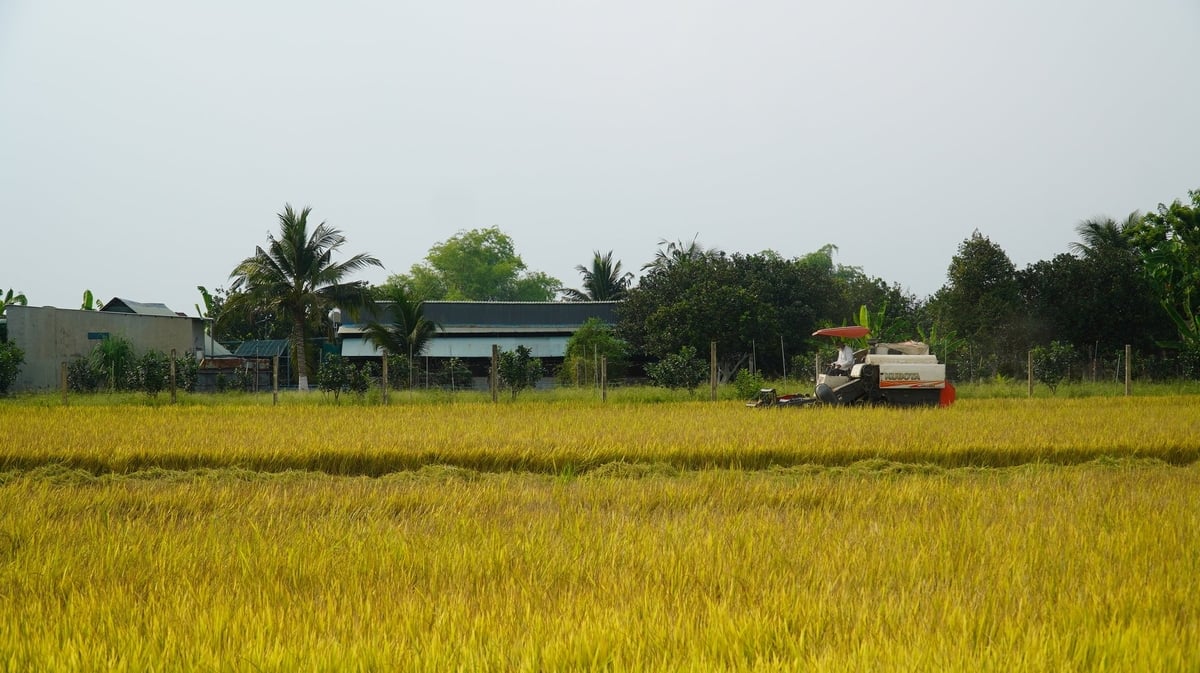
From mechanization, using good seeds to saving water, making use of straw - small but synchronized changes are contributing to "greening" the Vietnamese rice industry. Photo: Tran Phi.
The "three-party cooperation" model, which involves the state, enterprises, and farmers, has been shown to be highly effective. Dong Thuan Phat Cooperative and Duc Thanh Company are among the enterprises in Binh Duong and Tay Ninh that not only provide seeds and fertilizers but also commit to purchasing all clean rice products. Concurrently, local authorities establish a closed, efficient value chain, which covers 30% of costs, conducts technical training, and conduct communication activities.
On a broader scale, these models are edging closer to the carbon credit market, a sector that is still relatively unfamiliar in Vietnam but has significant development potential. If carbon credits from rice can be accurately measured and certified, they can certainly be traded on the international market, according to Dr. Le Hoang The, Director of The Vos Ecosystem Company.
Carbon credits are not only environmental statistics; they are also assets that can be purchased, sold, or exchanged. According to Dr. The, Vietnamese rice will generate an additional revenue stream if we can quantify and verify emission reductions.
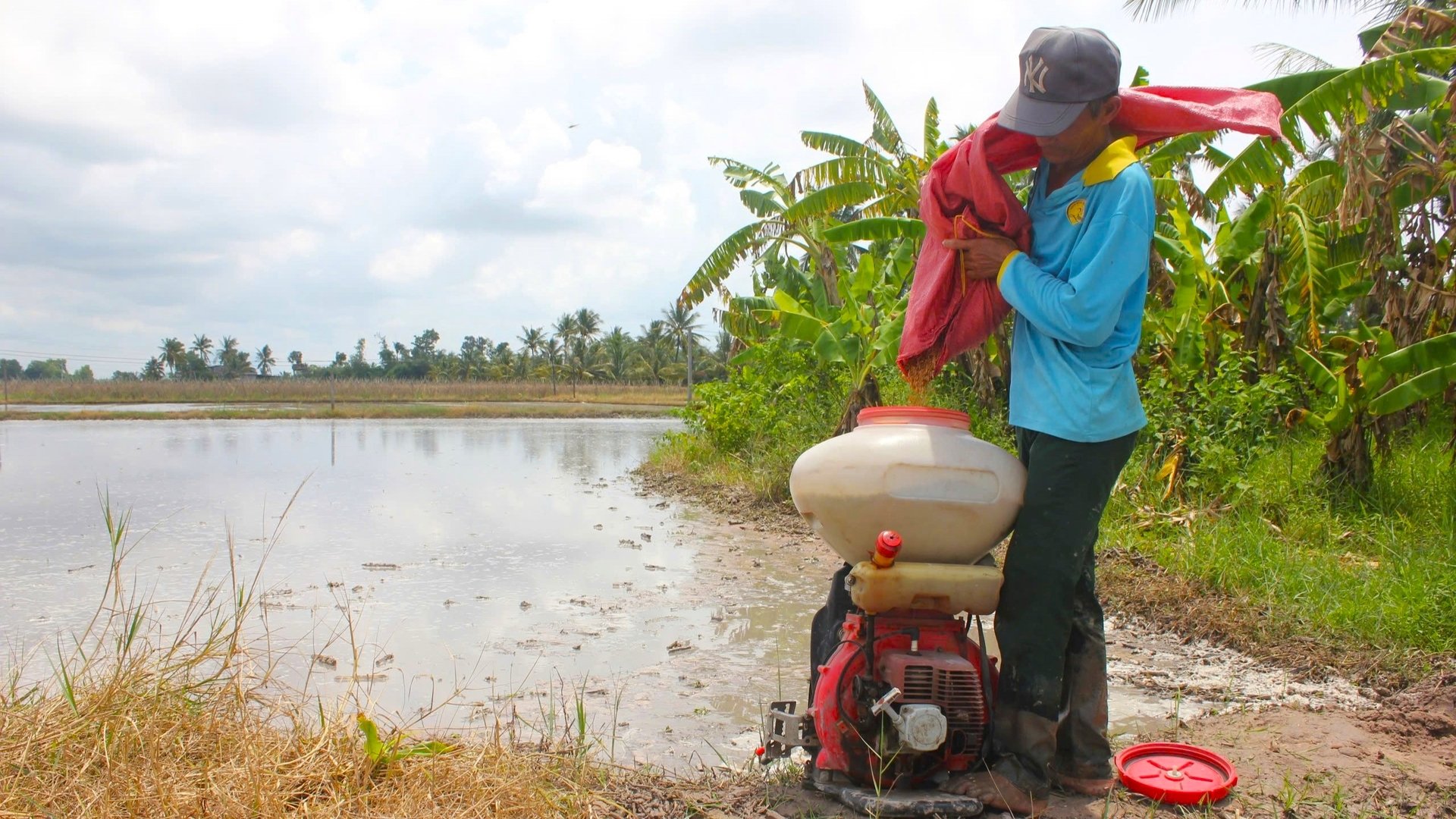
When clean rice grains produce clean rice and carbon credits, Vietnamese rice not only has nutritional value but also contributes to the global green economy. Photo: Tran Phi.
On the other hand, in order for carbon credits from rice fields to become a reality, a professional system of human resources and technology is required. This system should encompass the registration of rice varieties, the measurement of emissions, the inventorying of processes, and the verification and certification in accordance with international standards. It is possible to generate carbon credits that are worth many times more than traditional products by cultivating one hectare of rice in a proper manner.
Without clear guidelines, farmers and businesses are left navigating the shift to sustainable farming on their own. Experts argue that Vietnam needs a unified legal framework for low-emission agriculture, including standards for measurement, reporting, and verification. Public investment should prioritize capacity building for both farmers and local officials, while incentive policies, like subsidies or preferential loans, must align with green targets.
“Rice grains are now not only the outcome of dedicated labor, but also a representation of sustainable transformation and intelligence,” emphasized Dr. Tran Minh Hai.
Translated by Linh Linh
![Ho Chi Minh city adapts to climate change: [1] Vulnerable in the whirlwind of development](https://t.ex-cdn.com/nongnghiepmoitruong.vn/608w/files/duyenht92/2025/05/19/3131-ngap-nongnghiep-163121.jpg)
(VAN) As the country's economic engine with a rapid urbanization rate, Ho Chi Minh city is facing increasingly serious consequences of climate change.
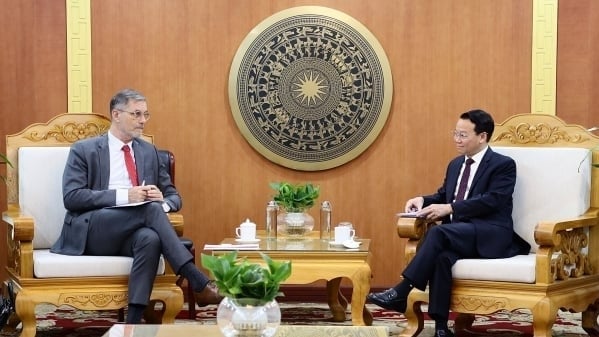
(VAN) On May 21, Minister of Agriculture and Environment Do Duc Duy worked with Mr. Olivier Brochet, Ambassador Extraordinary and Plenipotentiary of the French Republic to Vietnam.
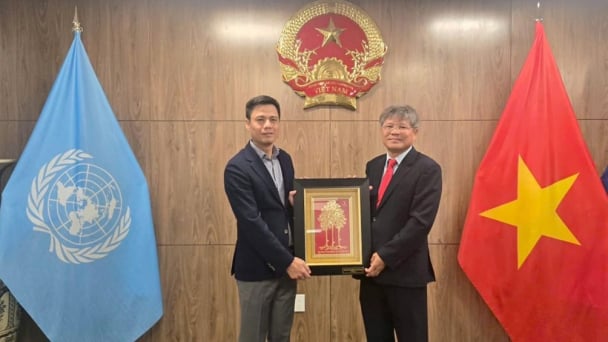
(VAN) VRG recently conducted a visit and working trip to the United States to demonstrate its efforts in redefining the role of rubber enterprises in the global value chain.
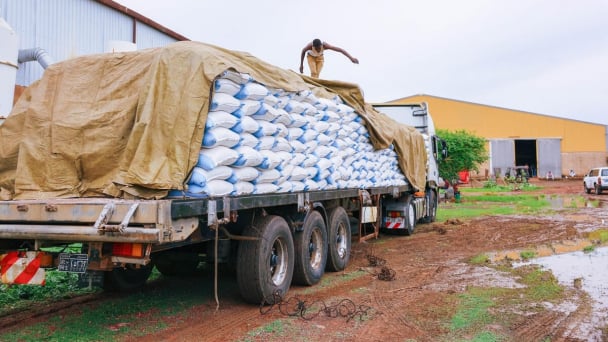
(VAN) In 2024, over 295 million people across 53 countries and territories faced acute hunger—an increase of almost 14 million people compared to 2023, while the number of people facing catastrophic levels of hunger reached a record high.
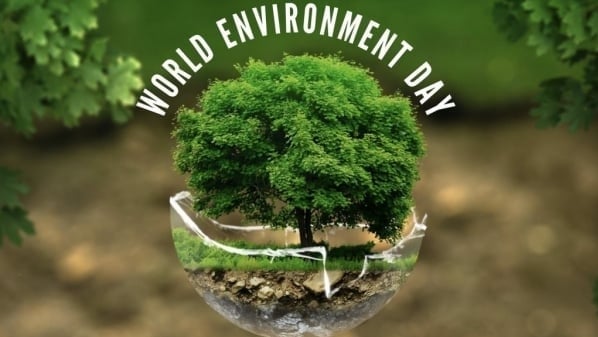
(VAN) World Environment Day 2025 (June 5) carries the theme 'Beat Plastic Pollution' continuing to emphasize the global urgency of addressing the plastic waste crisis.
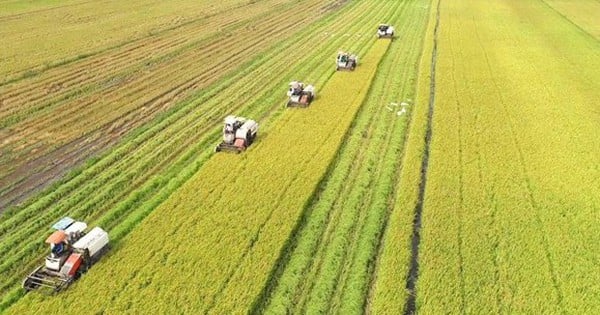
(VAN) This was the assessment shared by experts at the workshop titled 'Assessing the Role and Potential of Low-Emission Rice Production Systems in Vietnam,' held on the morning of May 19.